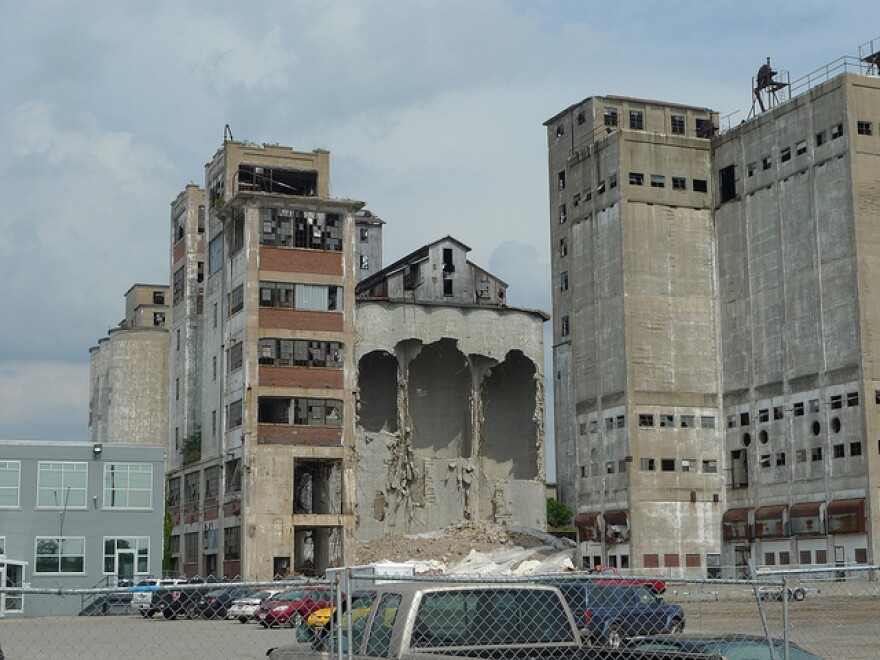As Buffalo’s population falls, the city faces a decision about what buildings to preserve - and which to leave behind.
The symposium “Thinking about Shrinking: Right-sizing Cities” addressed that issue Friday, during the National Trust for Historic Preservation Conference.
And the panelists are in agreement: hard choices lie ahead for Buffalo.
Will, energy, and time
As New York’s second-largest city, Buffalo has infrastructure that could handle a population more than double of the current count of 250,000. Since it is tough to find someone who would predict a reverse to the city’s falling census figures, Buffalo will likely continue to face issues of right-sizing or shrinking to an appropriate size, says Allan Mallach with the Brookings Institution.
“The tragedy is - and it’s painful to say it - but cities like Buffalo have more old stuff than they can handle or keep. They have to make choice in terms of what is going to be preserved and what is going to be lost. That’s the reality,” he says.
South Buffalo’s old grain elevators epitomize the issue perfectly, according to Mallach. Preservationists see the massive structures as a symbol of Buffalo’s former moxie, a testament to the days when the city was one of the largest and richest in the nation.
But developers and others see the buildings as eyesores, rusty reminders of a need for the city to turn over a new leaf.
Either way, the grain elevators will cost millions to preserve - or destroy.
“They’re almost indestructible,” says Mallach. ”But the question [that] comes up with all of this stuff is, what do you do with it? Takes money, takes will, takes energy, takes time. And there’s only so much money out there to take grain elevators and turn them into museums.”
He argues that cities experiencing right-sizing cannot afford to undertake vanity projects like the preservation of obsolete industrial buildings, because of their limited and shrinking tax bases.
But panelists pointed out that this is where the pocketbooks of private individuals and foundations come in.
“I do think there ought to be some way to preserve them or at least some of them,” Mallach acknowledges. “There may not be a way to save all of them. Buffalo would lose something if it lost them all.”
Numerous attempts to take the wrecking ball to Buffalo’s few remaining grain elevators have been thwarted in recent years, though the century-old GLF elevator is currently being demolished.
“In the end, it’s quite possible that people, 100 years later, will look at the photos and look at these things that we tore down and they’re going to chew us out or say, ‘God were they stupid.’ But ultimately, you have to work in your reality today,” Mallach says.
More than 2,400 people registered for the National Trust for Historic Preservation Conference in Buffalo, which runs through Saturday. The conference focuses on the numerous historical and architectural treasures that have been preserved in Buffalo.
And the buildings that haven’t been preserved, that did meet the wrecking ball? At least some of the significant ones live on, online.





